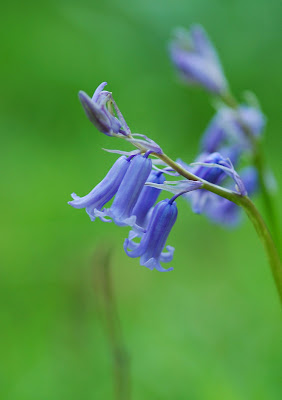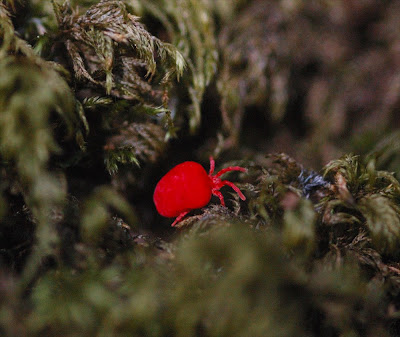Glorious weather today: clear azure skies with not a wisp of cloud in sight, and the hills are sprinkled yellow with early spring flowers. The creamy custard-yellow of Primroses and the bold brash yellows of coconut-scented Gorse and Lesser Celandines are in rich abundance.
 |
| Primroses (Primula vulgaris)
|
 |
| Gorse (Ulex europaeus)
|
 |
| Lesser Celandine (Ranunculus ficaria)
|
Less visible, hidden amongst the grasses, are the first Common Dog Violets (
Viola riviniana), Barren Strawberries (
Potentilla sterilis) and (the often overlooked) Common Whitlow Grass (
Erophila verna).
 |
| Barren Strawberry (Potentilla sterilis)
|
The Test is crammed with newt-poles, or newtlets...newtlings even. Whatever the term may be, they are only known as 'efts' once they have left the water. These cuties will eventually grow into Palmate Newts (
Lissotriton helveticus).
This heavy stone gate post (now without gate) stands to the west of the gas-works near Carleith.

Hawthorn (
Crataegus monogyna) is a shrub of many guises: in spring it is thickly clothed in pinkish-white 'may blossom', in summer it provides thick leafy cover for many small birds and insect larvae, autumn brings a heavy glut of pretty pillar-box red berries (a tasteless staple for birds) and by the end of winter, the Hawthorns stand thorny, naked and gnarled, awaiting their next transformation. Right now, even in their crone-stage, the Hawthorns have a haggard beauty of their own. I often wonder how old these trees are, they seem timeless, relentlessly clinging onto the bare hillsides.
 |
| Hawthorn (Crataegus monogyna)
|

.jpg)




.jpg)


















